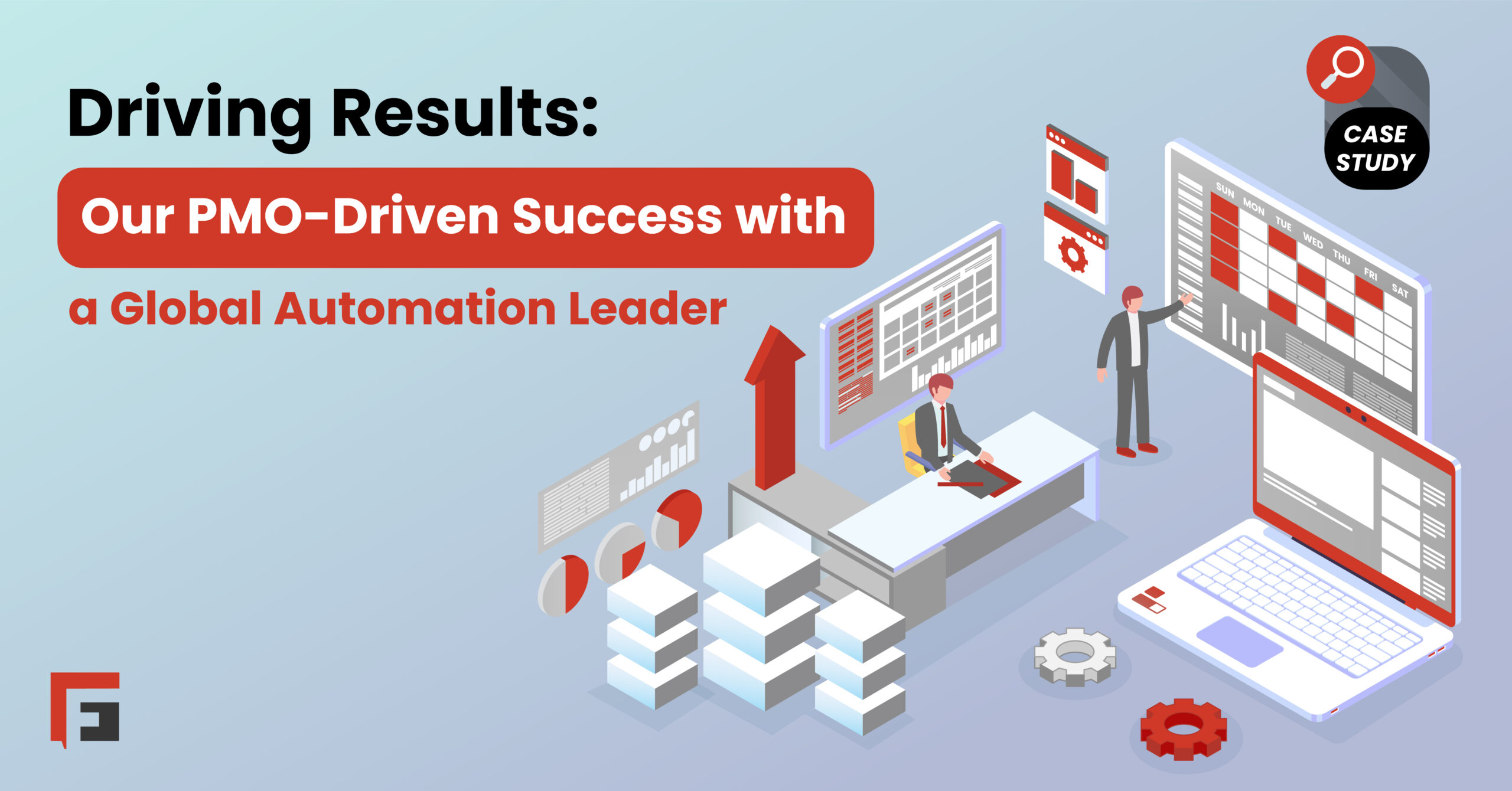About the client:
The client is a multinational company headquartered in the United States, famous for its expertise in optical and routing technologies, along with automation software. It caters to a global market, specializing in the design and production of networking systems such as optical and routing equipment, network management solutions, and automation tools.
Challenges:
The client sought to hire expert project management and Agile teams to help guide the development of its automation software products. Many of these products were already in use by the company’s internal teams, while some were sold to external customers.
Some products were designed to drive internal cost savings, while others were intended to generate revenue. As a result, the adoption of these automation tools by internal engineers and the timely delivery of software-as-a-service (SaaS) solutions to customers were critical success factors.
However, the client had historically organized teams around individual products without formal project management structures. As a result, the product and project portfolio lacked proper oversight, leading to several projects going off track or becoming inactive due to resource constraints or lack of attention.
Solutions:
To fix this issue, FlairsTech assembled an in-house team of PMO experts dedicated to reviewing and assessing the client’s active workstreams and portfolios. During the assessment, FlairsTech’s specialists identified key transformation opportunities to help the client more effectively manage its product and project portfolio.
The team proactively mapped all active, pipeline, and upcoming products, projects, and related activities within the assigned portfolio. Following a thorough analysis, FlairsTech’s Program Management Office (PMO) team recommended and implemented the following practices and improvements:
- Categorizing products and projects according to their relevance, business goals and benefits requirements into separate portfolios.
- Mapping products, projects, and related initiatives to their intended business benefits, performance metrics, budgets and resource allocations, as well as their respective user groups.
- Identified candidate projects and products for closure or termination, analyzed the relevant data, and proactively shared findings along with recommendations to the client’s groups to support informed decision-making.
- Created or co-created business cases required to assess the needs for new resource requirements (hardware, software, personnel) and to assess the expected return on investment.
- Identified resource gaps, idle time, constraints, and single points of dependency, and actively reallocated resources and development team members to address these gaps.
- Actively worked with client’s financial operations team to develop streamlined decision-support mechanisms, enabling sponsoring groups to make informed decisions using tools such as dashboards, business case modules, and portfolio boards.
- Created standardized management processes and frameworks covering key areas such as resource management, presales management, budget management, program management, project delivery, product release management, and risk management.
- Reduced average delivery time (ADT) for projects and increased the frequency of product releases.
- Developed a multi-level reporting mechanism to deliver customized reports tailored to various management levels, including Executive Committee (ExCo) reporting.
- Introduced a hybrid delivery approach tailored to the client’s portfolio, combining Disciplined Agile, iterative development, and predictive practices, applying the most suitable methodology based on each engagement’s specific needs.
Impact:
The improvements recommended and implemented by the FlairsTech team led to a significant increase in satisfaction among stakeholders, customers, and business users.
- By mapping the portfolio to business objectives, expenditures, benefits, actual returns, and performance metrics, client management was able to identify optimal investment opportunities and reallocate budgets accordingly.
- The standardization of practices enabled the client to scale teams effectively without losing governance over product and project performance.
- The development of dashboards, portfolio reports, and business cases empowered management to make informed decisions, including the termination of long-running, low-benefit products and projects.
- This, in turn, freed up budget to invest in higher-benefit products and new innovations that had previously been stalled due to financial constraints.
- Also, active resource management allowed the client to identify and reassign underutilized resources to other pipeline or active projects and products. This also reduced resource dependencies and single points of failure among developers, mitigating risks associated with resource constraints and minimizing their impact on delivery timelines.
- Finally, increased delivery frequency and shorter project and release cycles accelerated the realization of benefits, positively impacting both revenue growth and cost reduction.

